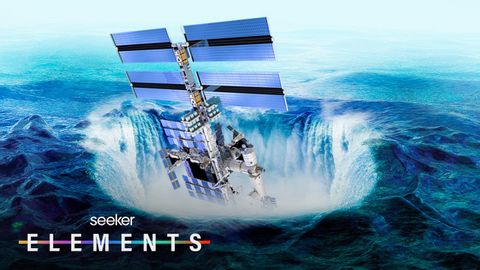国際宇宙ステーション(ISS)はもうすぐ地球に墜落する?!その理由とは?
Summer が 2022 年 09 月 14 日 に投稿  この条件に一致する単語はありません
この条件に一致する単語はありませんUS /ˈmʌltəpəl/
・
UK /ˈmʌltɪpl/
- adj.複数の;多様な;多発性の;多重の
- n. (c.)倍数;多数;倍率
- pron.多数
US /ˈkɑnstənt/
・
UK /'kɒnstənt/
- v.i.重要な位置を占める
- n. (u.)物質
- n.事柄
US /ˈkɑnˌsɛpt/
・
UK /'kɒnsept/
エネルギーを使用
すべての単語を解除
発音・解説・フィルター機能を解除
